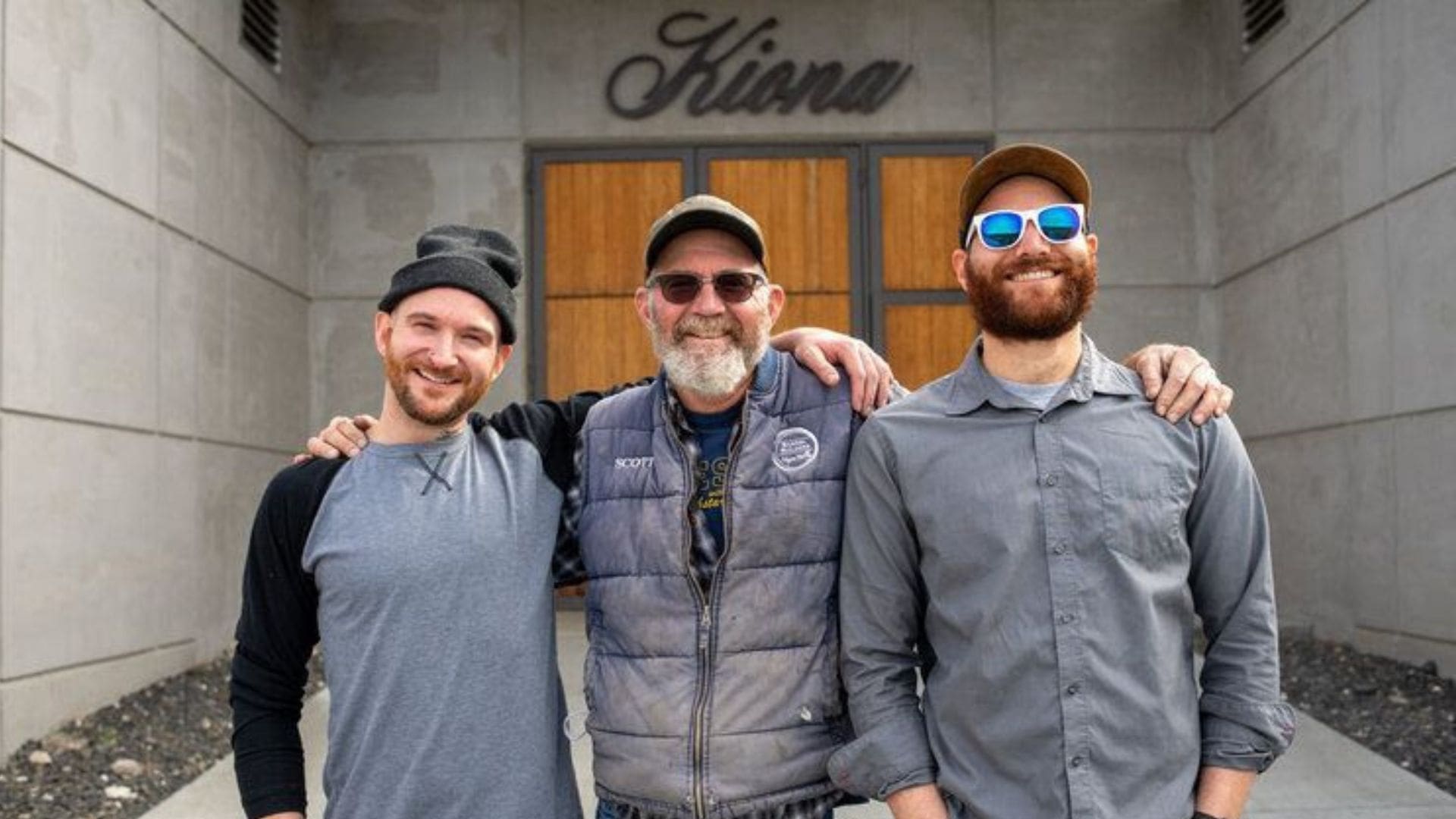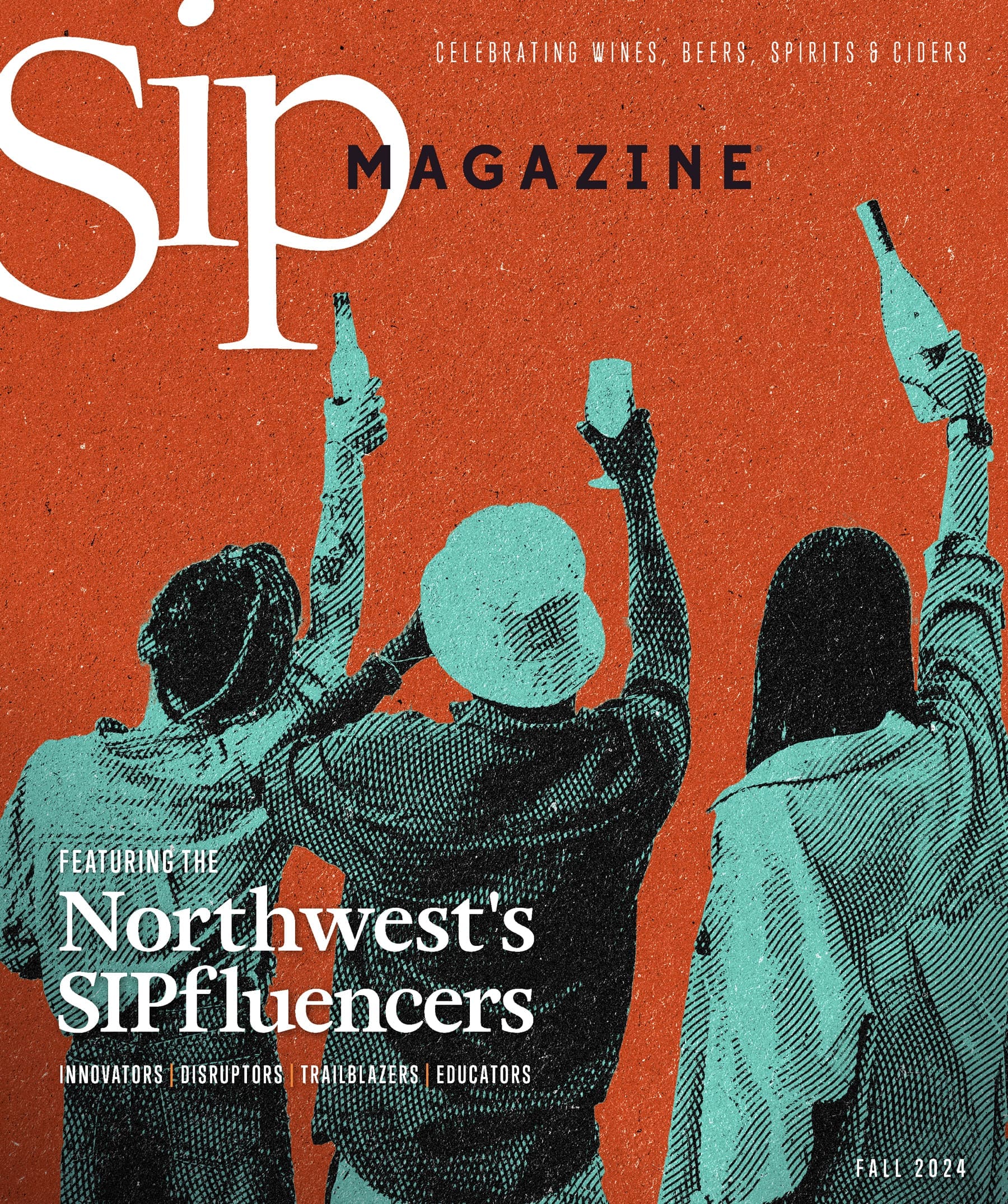Oregon Spirit Distillers has what you need to celebrate.
There are so many National This Days and That Days that it’s a bit silly. No one is emphatic about radishes or even corn dogs. But World Whisky Day? Though celebrated on May 21, we think it ought to land 365 days a year.
For folks like Brad Irwin, who founded Oregon Spirit Distillers in 2009, it does. The one-time president of the Oregon Distillers Guild celebrates all distillates and those who distill them, but his passion is whiskey. Not just bourbon whiskey, though of course that’s a huge part of it. Irwin and his team based in Bend, Oregon, make Straight American Bourbon Whiskey, Straight American Rye Whiskey and Straight American Wheat Whiskey. All three have won awards. And not just any awards, but double gold (each) at the vaunted San Francisco World Spirits Competition.
All About the Wood … and Time
What gets him jazzed is wood, specifically new American oak. “Barrel aging in oak does three basic things,” Irwin says. “Oak adds something, it subtracts something and it causes a reaction.”
In short, the wood adds sugars and tannins. When charred (as bourbon requires), the porous cask will act as a sponge, or filter, for the harsher compounds — thus softening the resulting spirit. “It improves flavor by removing things you don’t want,” says Irwin.
We’ll spare you the discussion about small chain amino acids and carbon molecules and various esters, but know that there’s a lot of science that goes into the art of great whiskey making. As for the reaction that occurs, this is what many people feel is whiskey’s secret, if not primary, ingredient: time.
The term “angel’s share” refers to the amount of liquid left in the wooden vessels after evaporation, as roughly 3 to 5 percent of the volume disappears through those porous barrels annually. For one, it lowers the resultant spirit’s pH, which is why the younger the whiskey, the more present and potent its short-term esters are, and why it causes the sensation of burning not just your gullet when you swallow, but your nose hairs when you take a whiff.
But if more time in a barrel is good, that doesn’t necessarily mean even more time is better. Sure, the holy grail of bourbons — Pappy Van Winkle’s 23-year-old — freshly bottled, was dumped into its barrel nearly two dozen years prior. But that is an outlier. “The long, sweet spot is four to ten years,” says Irwin. Beyond that, American oak flavors take over. “The distiller’s goal should be to find the balance between grain profile and oak profile,” he adds.
Spirits that Create Community
The team at Oregon Spirit Distillers don’t just make a range of whiskeys that duly profile various grains (and predominantly Oregon-grown grains, at that), but they celebrate their brethren. Last year they created the Oregon Whiskey Festival that brought together 14 Oregon whiskey makers; ones that specifically mash, ferment and distill (rather than buy “juice” from some large, out-of-state grain neutral spirit factory) and age in new American oak. The 2022 version in September is likely to feature as many as 20 whiskey makers.
“It’s not just a celebration of Oregon whiskey, but Oregon agriculture,” says Irwin. “It’s the sister industry to distilling. It also lends to the diversity of products we’ll see at Oregon Whiskey Festival because of the diversity we have in Oregon, including barley malt, buckwheat and different grains that push the boundaries of traditional bourbon.”
Sip readers may recall the ramen whiskey made by Portland’s Stone Barn Brandyworks actually made from salvaged noodles.
Deep Roots in Oregon
Bourbon, obviously, has been enjoying the spotlight of fans who enjoy their spirits straight and in cocktails for years. Rye is now easier to sell or, for collectors of rarer brands, harder to find. But wheat whiskey — and we’re not talking wheated bourbons, meaning a base spirit that’s still 51 percent or more corn as many bourbons may be deemed high-rye or high-wheat to sharpen or soften the flavor, respectively — is a tougher sell. Yet, Irwin’s up for the challenge.
Again, whereas bourbon must be at least 51 percent corn, Oregon Spirit has actually made one that is all corn. “It had a sweet front and nice grass notes,” says Irwin, “but if you don’t have cereal grains it just lands a little flat. You need some wheat or rye.” And as it turns out, Oregon Spirit’s first foray was its wheat whiskey. Not 100 percent, as it had a bit of rye and barley, but it’s still fairly novel in the realm of whiskies.
“Wheat grows really well in Oregon but corn doesn’t. Rye grows where it’s cold,” says Irwin. That makes eastern Oregon a great place for rye. “Whiskey’s a lot like bread, each has a different flavor profile and different appeal,” he adds.
Think about the vast difference between wheat bread, corn bread and rye bread. Those flavors and textures translate somewhat well to their whiskey counterparts.
Maybe it’s because I’m the guy who, when presented with bread options for toast or sandwiches, orders rye, but I’m definitely one of the folks upping their rye whiskey intake. Probably the most classic rye cocktail there is is the American original, the Sazerac. It’s one of my favorites, but also one I’m skeptical about ordering outside of its birthplace, New Orleans. And yet, the one made at the bar at Oregon Spirits is a damn fine example. It’s a great taste of New Orleans, but with all the flavor that Oregon-grown grains and the spirit of Oregon can infuse.
Then again, National Cocktail Day was back on March 24, so for World Whisky Day, maybe just sip your rye, wheat, corn or straight bourbon neat, up, or on the rocks.






